Table of Contents Show
When Bungie first released “Destiny” in 2014, the beloved company introduced fans to an expansive and lore-rich world. In the distant future, humanity has collapsed and come close to extinction, fighting against extraterrestrial forces with the help of an entity known as the Traveler. The Traveler’s help is manifested as Guardians, people who have been revived by the Traveler and given powers to help combat enemy forces and keep humanity alive. Upon their resurrection, these Guardians have no memory of who they were before their death, though they keep their base personality traits. These new Guardians then forge new identities in their lives as Guardians. In the ongoing sequel, “Destiny 2,” Bungie started to use the game’s plot and extra lore tabs to go more into the past lives of Guardians, opening the game’s narrative and fan discussions to new questions about identity.
The implications of this ongoing discussion have now been alluded to in-game by a character briefly mentioning The Ship of Theseus. The Ship of Theseus is a real-life thought experiment on whether or not an object is the same object if all its components are replaced. Guardians are fictional examples of this thought experiment. Therefore, a Guardians’ identity can be looked at through the lens of proposed solutions to the Ship of Theseus, namely solutions from Ted Sider and Noam Chomsky. Since Guardians keep most of their personality traits and physical quirks from their past lives, they could be an example of Ted Sider’s “four-dimensionalism” solution to the thought experiment, as an object numerically identical through the dimension of time (( Sider, Theodore. “Four Dimensionalism.*” Durham: Duke University Press. 1997. )).
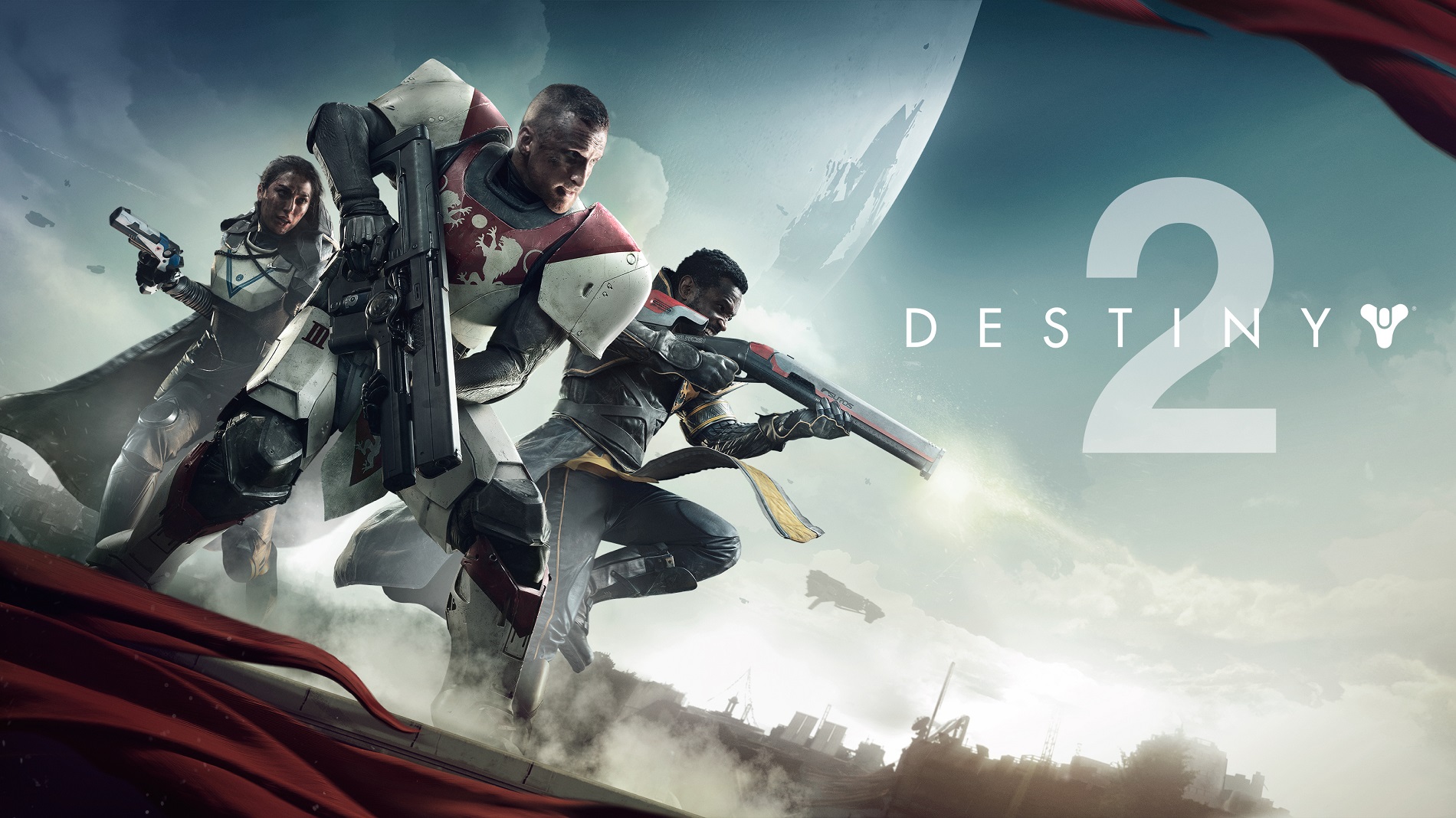
However, since Guardians ultimately decide who they are in their new lives, they lend themselves closer to Noam Chomsky’s solution based on cognitive science: they are who they conceive and expect themselves to be through their new lives as Guardians, fully ceasing to exist as their past selves (( Piattelli-Palmarini, Massimo; Uriagereka, Juan; Salaburu, Pello. Of Minds and Language: A Dialogue with Noam Chomsky in Basque Country. Oxford: Oxford University Press. 2009. )). By looking at the established backgrounds of three Guardians (Ana Bray, Cayde-6, and The Crow) through the lens of both of these solutions, Bungie’s stance on Guardians’ identities in “Destiny 2” becomes clear: they are brand new people upon resurrection. They should be allowed to forge themselves anew.
The Ship And Its Proposed Solutions
While there are several different proposed solutions to The Ship of Theseus, the two mentioned above are the most relevant to the specific discussions of identity happening in “Destiny 2.” The first is referred to as “four-dimensionalism” by Ted Sider, or perdurantism. This solution supposes that an object exists through four-dimensions, with the fourth dimension being time itself. With this dimension of time at play, even if an object’s components are replaced, it is still considered the same object across time, with each replaced component being considered a three-dimensional slice of time (( Sider, Theodore. “Four Dimensionalism.*” Durham: Duke University Press. 1997. )). In the example of Theseus’s ship, the ship itself would be numerically identical throughout the fourth dimension of time, while each time, a rotten wooden plank is replaced on the ship being its own three-dimensional slice of time.
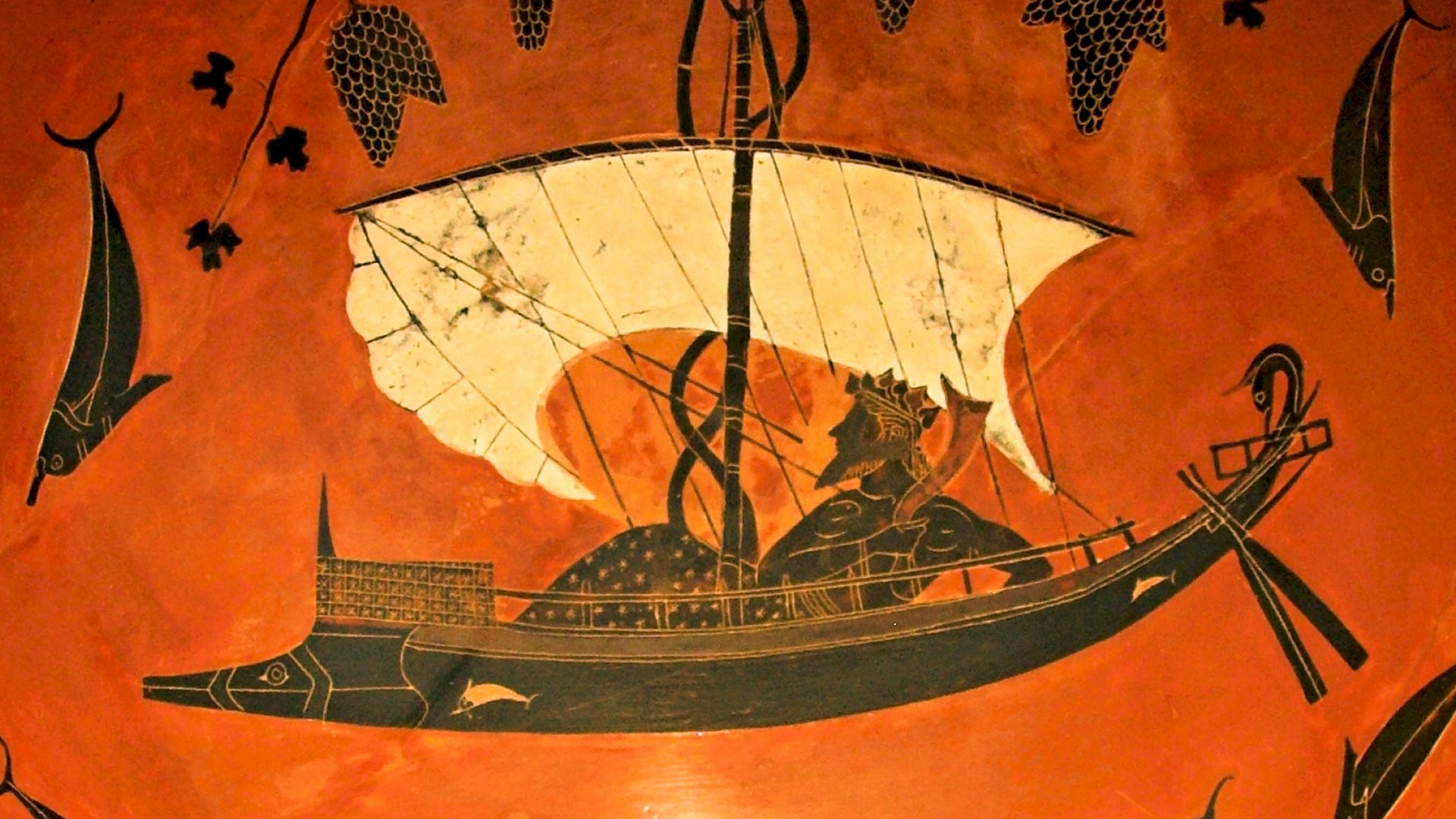
The other proposed solution that is aligned with “Destiny 2” is explained by Noam Chomsky’s (as well as others) thoughts in the lens of cognitive science. Chomsky theorizes that The Ship of Theseus comes from the notion that what humans perceive as true in their minds must be true out in the world (( Piattelli-Palmarini, Massimo; Uriagereka, Juan; Salaburu, Pello. Of Minds and Language: A Dialogue with Noam Chomsky in Basque Country. Oxford: Oxford University Press. 2009. )). This solution considers an object not as just physical, but as an “organizational structure that has perpetual (psychic) continuity” (( Grand, Steve. Creation: Life and how to make it. Cambridge: Harvard University Press. 2003. )). Chomsky quotes David Hume, saying, “The objects that we talk about are really objects of thought. (( Piattelli-Palmarini, Massimo; Uriagereka, Juan; Salaburu, Pello. Of Minds and Language: A Dialogue with Noam Chomsky in Basque Country. Oxford: Oxford University Press. 2009. ))” As long as Theseus thinks of the ship as his, with expectations about what it looks like or has on it, it is “the ship of Theseus.”
The Solutions At Play In “Destiny 2”
With these solutions in mind, it is interesting to look at the Guardians of “Destiny 2” and their identities. Since every established Guardian has their own story and feelings about their past lives (including tons of lore created by fans pertaining to their own playable Guardians), there are three notable examples to look to: Ana Bray, Cayde-6, and The Crow. Each of these Guardians have had their past lives explored either directly in the game’s plot or via the official lore books released by Bungie, and all three are more or less aware of their past lives in some way. Their reactions to knowing this information, however, is where Bungie begins to start the conversation of identity. To look deeper at this conversation, one can look at the Guardians first through the lens of fourth-dimensionalism and then through cognitive science in order to see where Bungie has built its foundation.
Four-Dimensionalism
Before being a Guardian, Ana Bray was once the psycholinguist for the infamous Clovis Bray Company. She worked closely with Rasputin, an AI tasked with keeping the Solar System safe from hostile entities, in order to teach him how to think like a human. When she is resurrected as a Guardian, she finds her old ID badge. This leads her to search for more information about her past life. During previous seasons of “Destiny 2,” Ana returns to working with Rasputin, and most recently, she reunites with her sister Elsie Bray. Though Ana has no memory of her life before, she still considers herself “Ana Bray.” Likewise, Elsie still considers Ana her beloved sister, stating that Ana’s personality is more or less the same even as a Guardian.
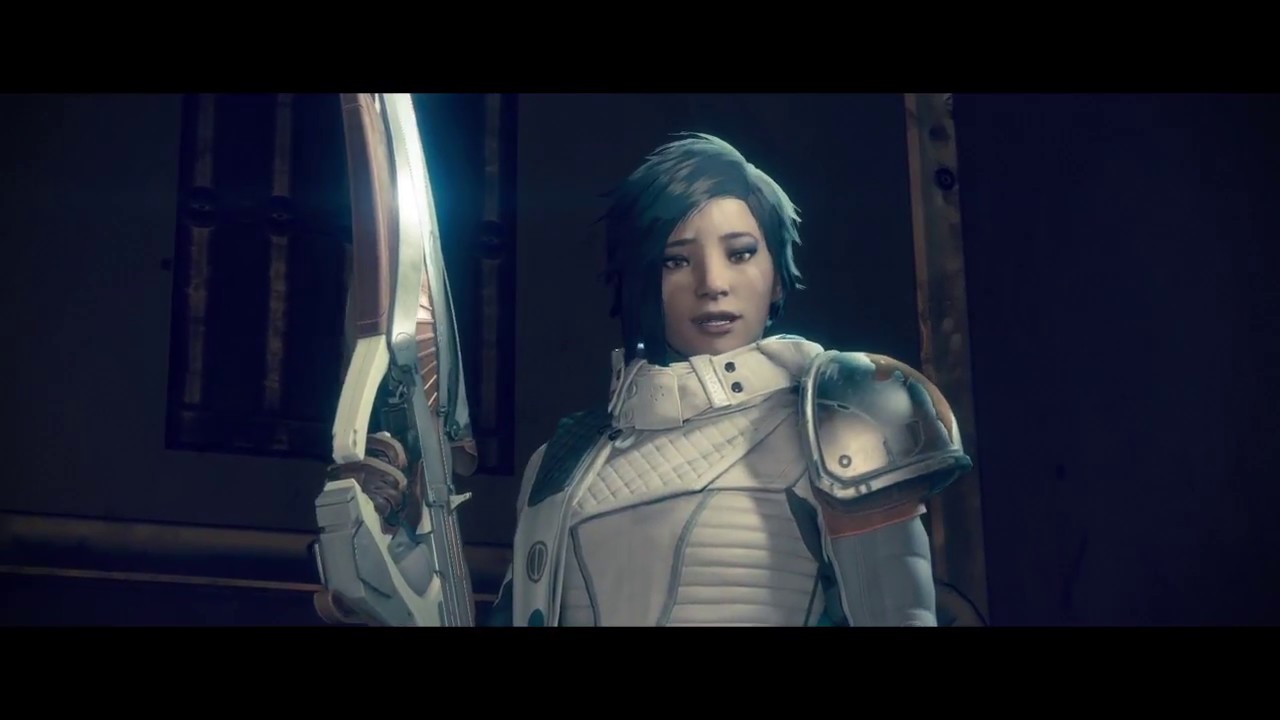
Cayde-6’s story and relation to his own past life is similar to Ana Bray, though it’s a bit more fragmented. What players know is this: Cayde-6 knew bits and pieces of his past life (or lives, to be technical). He seems to theorize that his personality was more or less the same. His predilection for gambling is also consistent throughout time, as he was seemingly addicted to it in his past life and often made bets during his life as a Guardian. In addition, Cayde refers to his past life as “the-me-that-was-before-me (( Bungie. “The Man They Called Cayde.” in “Destiny 2: Forsaken.” Bungie. 2018. )),” and for the most part, seems to accept his past self in the same way Ana does. The lens of fourth-dimensionalism would consider Ana and Cayde (and, by extension, all Guardians in “Destiny 2”) as “an aggregate of person-stages” (( Lewis, David. “Survival and Identity” in The Identities of Persons. Ed. by Amelie O. Rorty. Berkeley: University of California Press. 1975. )).
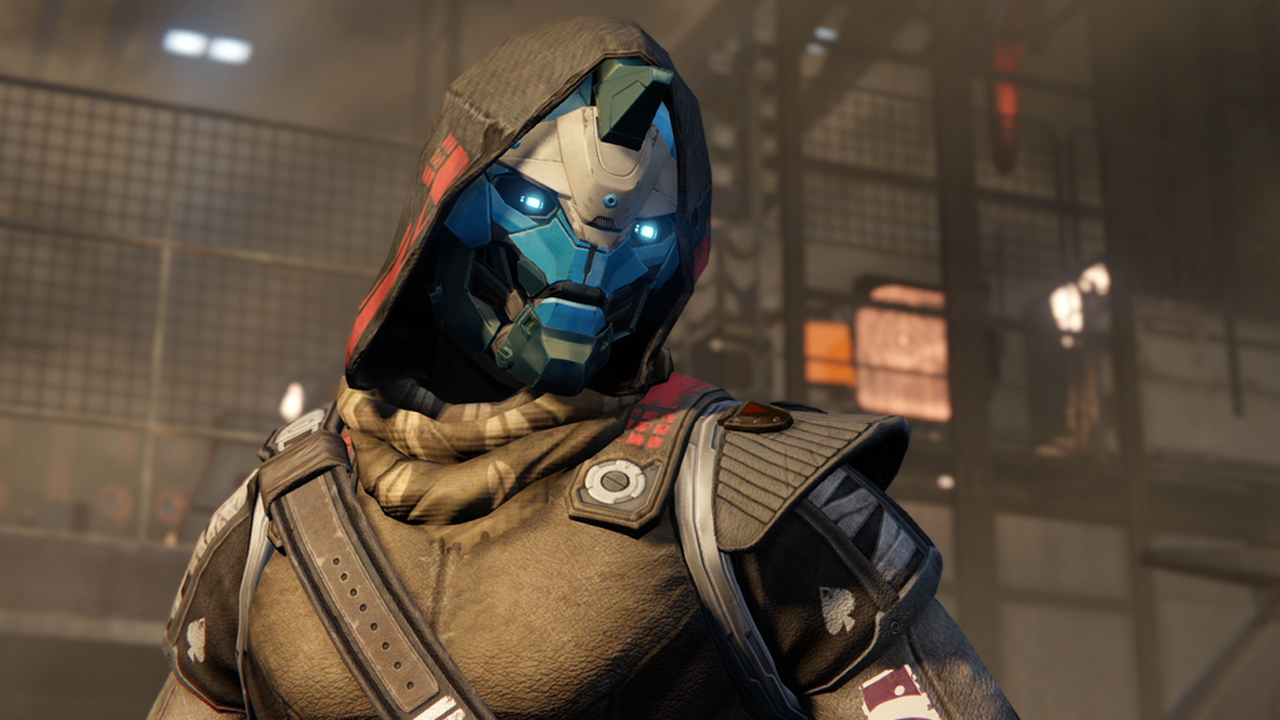
This means that their lives as Guardians would be considered a different stage, or three-dimensional time slice, then their lives beforehand. Since Ana’s personality is consistent and Cayde keeps his love of gambling, they both could be seen as the four dimensional person, staying the same numerically across the fourth dimension of time. Ana and Cayde’s relationship to their past selves seems to somewhat agree with this. They both seem to accept that overall, they are more or less the same person they once were, though both also see themselves as brand new people and not necessarily the exact same.
Cognitive Science
New Guardian, The Crow, does not fit so easily into the thinking of four-dimensionalism. Introduced in the previous season of “Destiny 2,” Crow was once Prince Uldren Sov of The Reef. Uldren was once the beloved Prince of the Awoken people and the main antagonist for “Destiny 2: Forsaken.” Uldren went insane and killed Cayde-6, then attempted to genocide the Awoken. Sometime after Uldren’s death at the end of the expansion, Crow is revived without any memory of who he once was. Even without the memories of Uldren, Crow still shows some of the same personality quirks, including a quick and bitty wit and a tendency to wreck spaceships.
While how much Crow knows about his past life is currently uncertain, he is certainly aware that Uldren committed heinous crimes. Because of this, Crow outright rejects the life he lived as Uldren. This rejection of Uldren can be seen as a breaking of the “aggregate” that Lewis theorizes about. As a result, Crow seems to lean closer to the cognitive science understanding of The Ship of Theseus. Since Crow has his own expectations of who he is, he has become a new “organizational structure (( Grand, Steve. Creation: Life and how to make it. Cambridge: Harvard University Press. 2003. ))” of thought. He has fully broken the “psychic continuity (( Piattelli-Palmarini, Massimo; Uriagereka, Juan; Salaburu, Pello. Of Minds and Language: A Dialogue with Noam Chomsky in Basque Country. Oxford: Oxford University Press. 2009. ))” from Uldren, and started a new one as Crow.
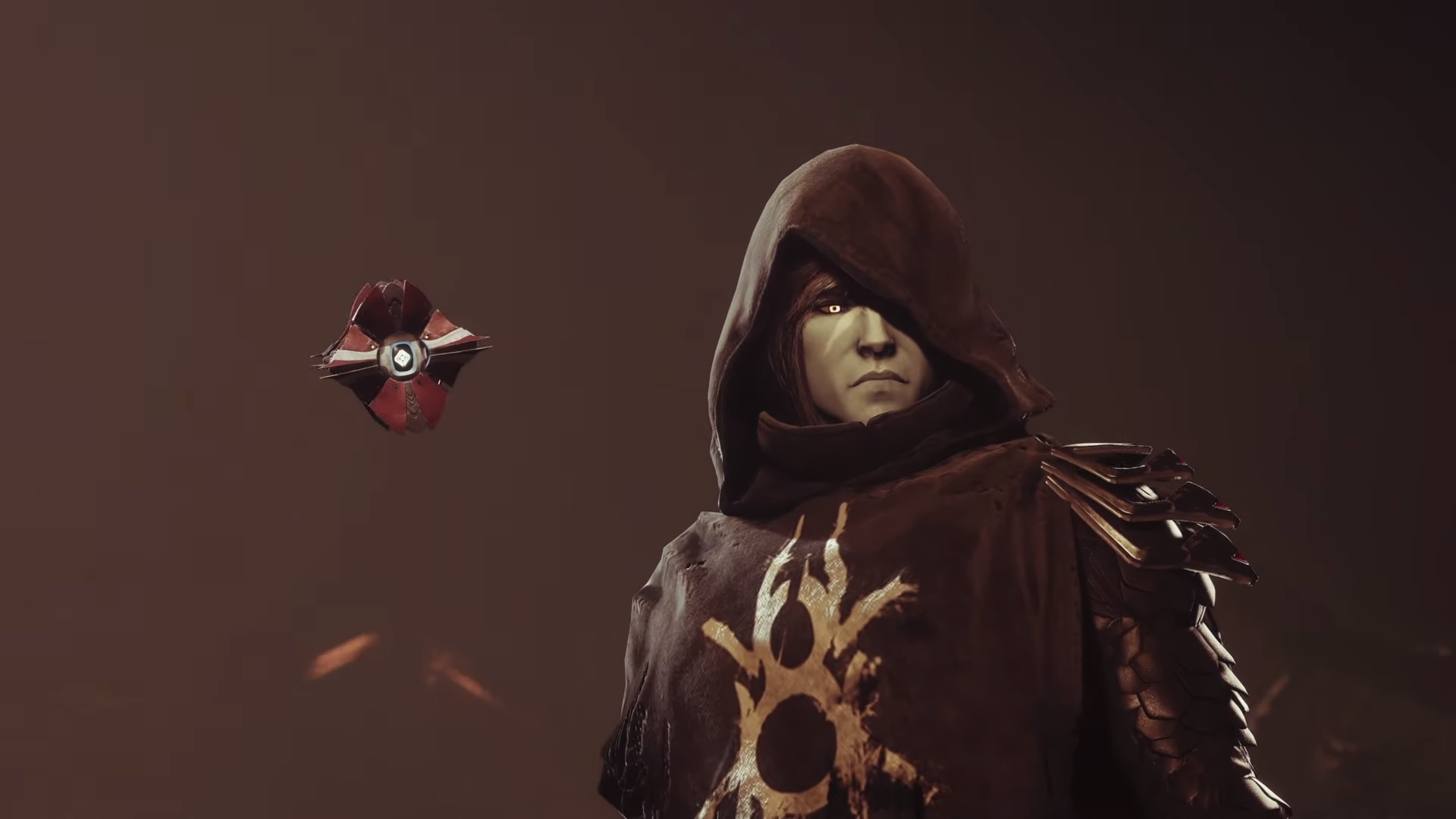
Of course, the same can be said of Ana Bray and Cayde-6. Though both are aware and accept the influences their past lives have on them, both Guardians also consider their new lives as completely new and separate from their past ones. In “Destiny 2: Forsaken,” Cayde-6 goes as far as to tell the player character to burn any records they may find from his past life, with the implication that the Cayde from those records isn’t the Cayde they know. While Ana and Cayde fit some of the thoughts from four-dimensionalism, they ultimately try to break the “psychic continuity” from their past lives in whatever ways they can. For both, this means doing whatever they can to help humanity survive and doing their best to be better than the people they were before being Guardians.
A Ship, An Identity, And The Player
Even with the backgrounds covered by Bungie in “Destiny 2” and this philosophical look at them through The Ship of Theseus, there still seems to be a debate over the true identity of Guardians. Take, for instance, Crow. Though he rejects Uldren and considers himself a brand new person, he has had to hide from other Guardians who recognize him as Uldren and react violently. Some players of “Destiny 2” have reacted coldly to the new Guardian outside of the game. To them, he is still Uldren and still must pay for his actions in “Destiny 2: Forsaken.” Though the previous and current seasons’ (“Season of the Hunt” and “Season of the Chosen,” respectively) narratives have made it apparent that Crow is not Uldren, there is still pushback against his acceptance as a Guardian.
The reason for this pushback ties into a rule for the human process of identification: uniqueness (( Skaggs, William. “Identity, a neurobiological perspective.” Scientia Salon. October 24, 2014. )). Our minds rely on linking information to their identities. If two objects are labeled as the same, it is “impossible” for us to keep distinct properties apart, thus confusing us (( Skaggs, William. “Identity, a neurobiological perspective.” Scientia Salon. October 24, 2014. )). Here, in “Destiny 2,” the same concept is at play; however, instead of two physical objects, we have two separate people who share the same body. And since Guardians can keep their personality across death, it is a natural reaction to pushback against the notion that Guardians become wholly new people once they are resurrected.
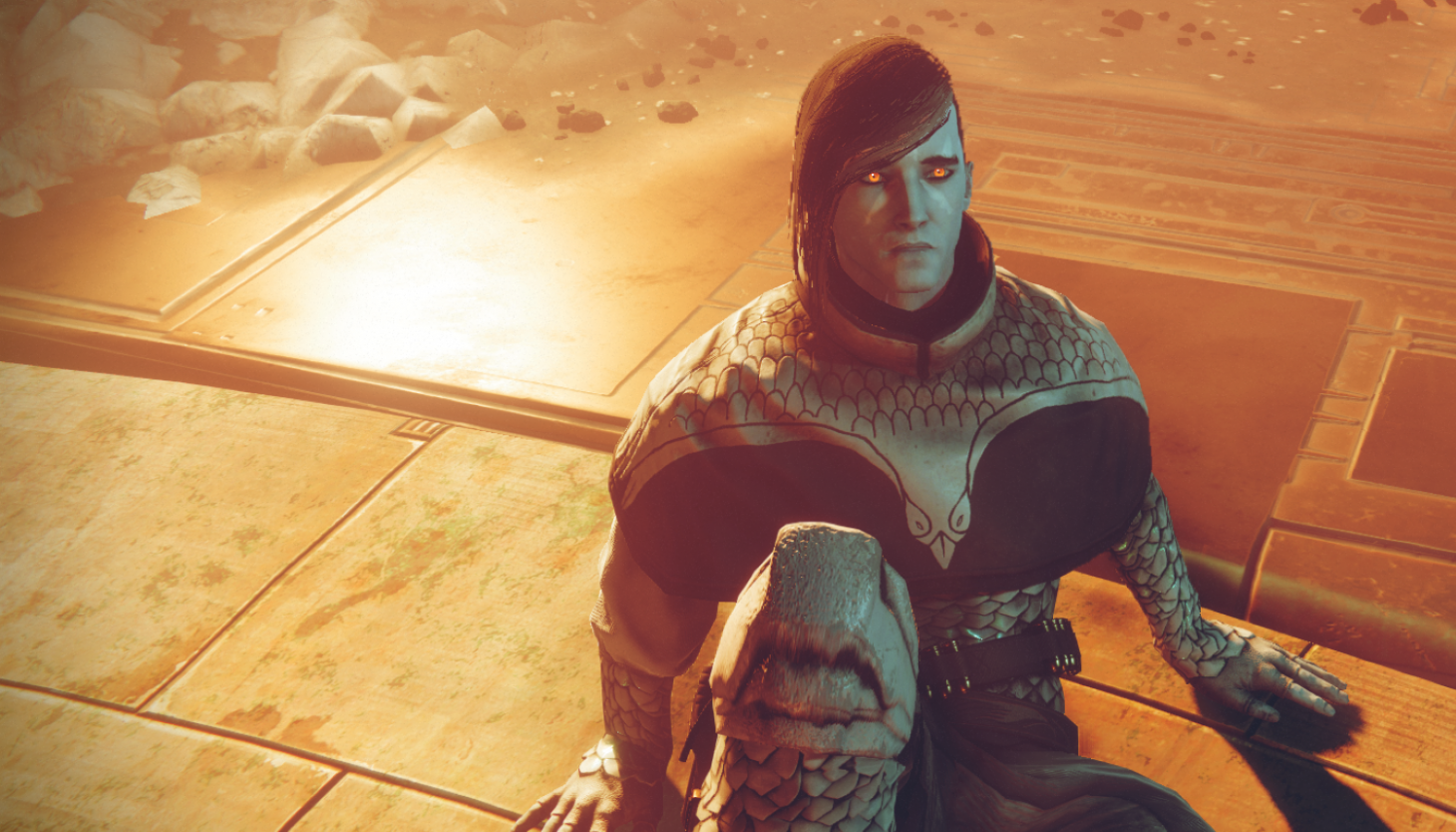
However, it makes sense that Guardians can be considered brand new people, even if they retain base traits. In real life, it is commonly accepted that trauma changes a person and that who they were before is not necessarily who they are now. While that person may have some of the same traits as before the trauma, they are not exactly who they were once. Of course, the decision seems arbitrary, but it feels no less real in action. Ana Bray can consider herself a new person and also still consider herself Elsie’s sister. Crow is not beholden to the actions of Uldren, as the “organizational structure” of “Uldren” dies when the player character kills him for revenge. Since identity is a human concept, it is not necessarily static through a fourth-time dimension. It changes based on the “psychic continuity from the minds of individual persons” (( Piattelli-Palmarini, Massimo; Uriagereka, Juan; Salaburu, Pello. Of Minds and Language: A Dialogue with Noam Chomsky in Basque Country. Oxford: Oxford University Press. 2009. )), not on anything physical (“physical” here meaning “of theoretical physics).
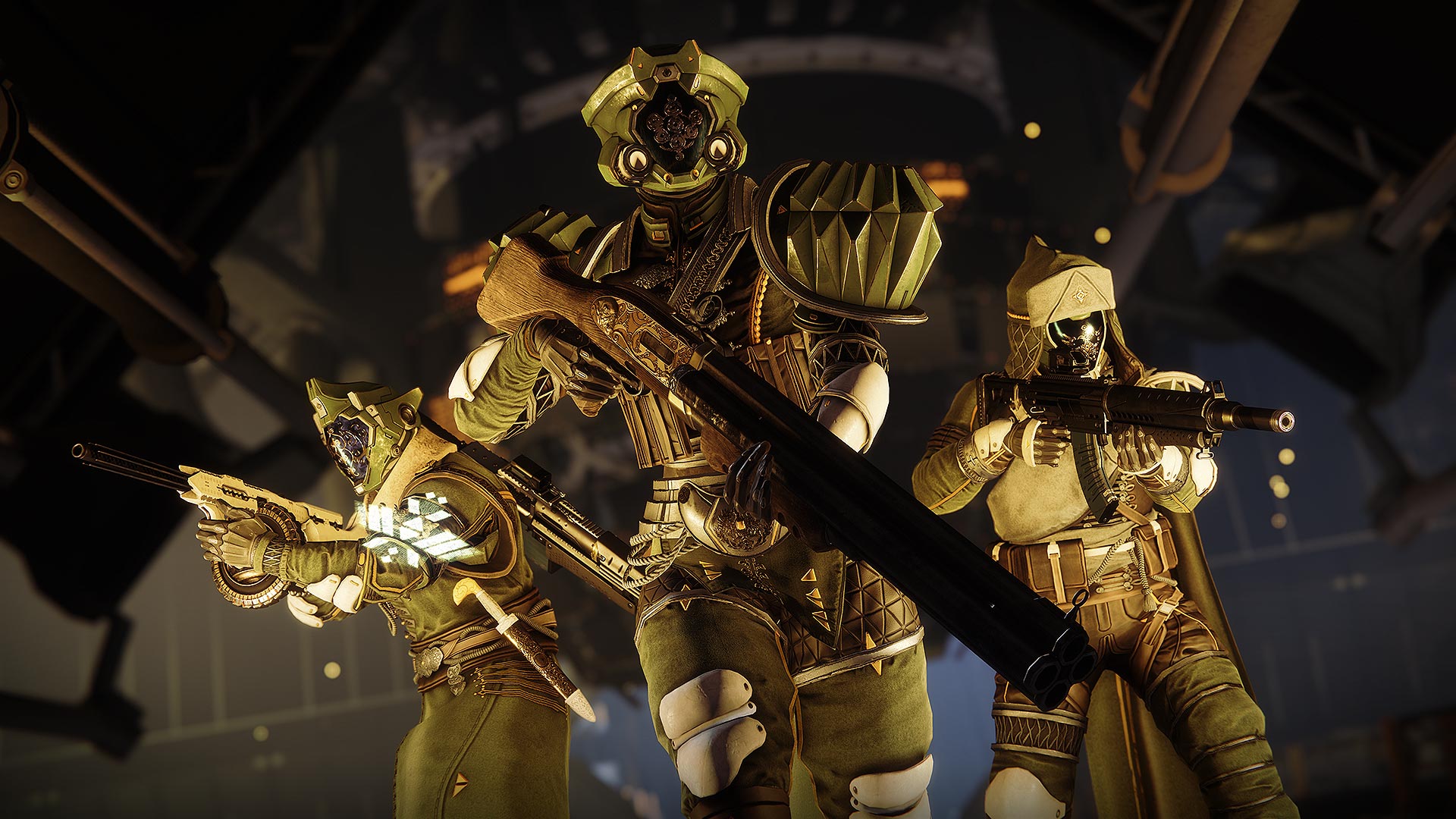
This stance on identity is where Bungie has made its foundation during the narrative of “Destiny 2.” While Guardians keep traits between lives, those traits don’t mean they are the same person. Even if a Guardian somehow finds out about their past life and accepts it as their own, it does not mean they are still the same. When they’re resurrected, they become whoever they decide to be. Discovering new information about a Guardian’s past life is interesting, but ultimately who they were does not matter. What matters, in “Destiny 2,” is who that Guardian becomes and the actions they choose as a Guardian. Anything else should be considered more or less irrelevant.
We Are Who We Say We Are
The Ship of Theseus has endured over the millennia because of the interesting conclusions philosophers can make about humans and how we see the world around us. Now most commonly asked as a joke to stump friends, Bungie uses the conundrum to ask players of “Destiny 2” a question about identity. Do we ever stop being the person we once were, and if so, when? While fans have debated on both sides, it’s clear where “Destiny 2” (and, by extension, the writing team at Bungie) falls on the issue. People are who they say they are, independent of who they once were. Identity can grow and change as people’s expectations of themselves grow and change. The Ship of Theseus is only his when he believes it.
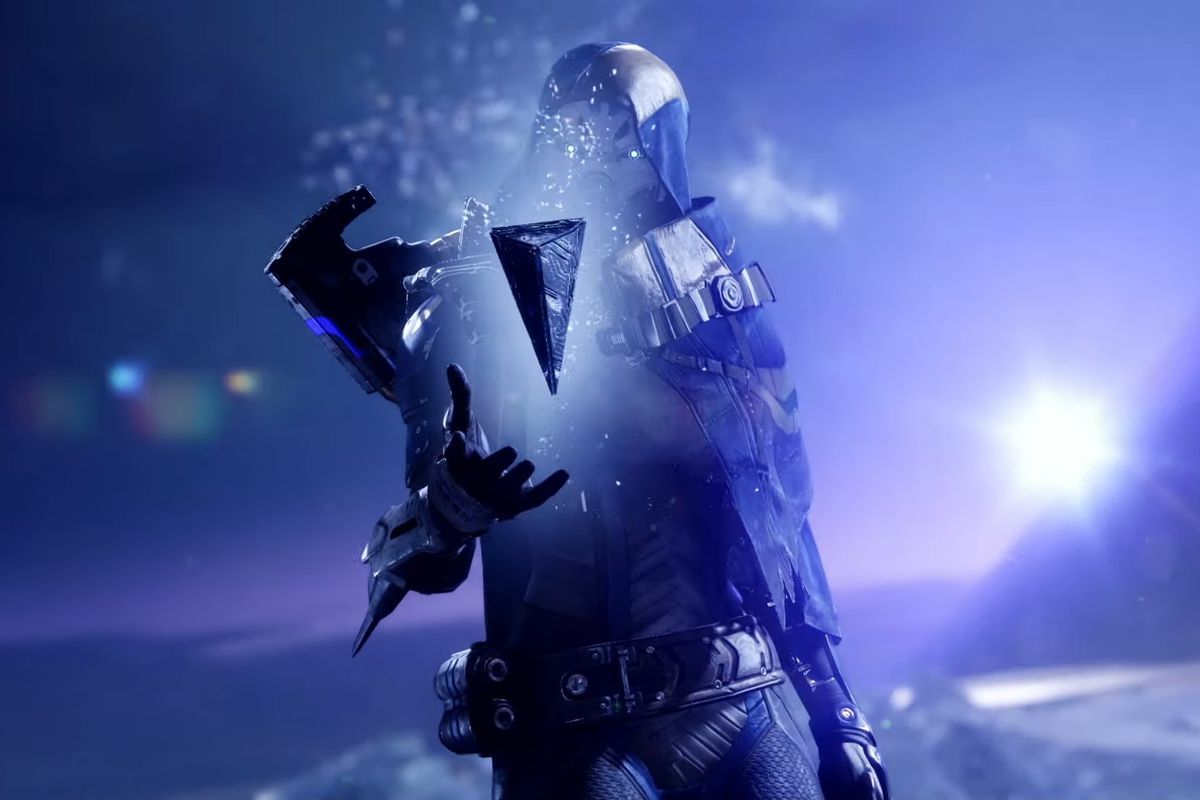
I’ve never played the Destiny games, but I really enjoyed this article looking at identity through the lens of the Ship of Theseus! Like you mention, different responses to trauma is one thing that can affect how people see themselves over time. Add in past lives, and that’s a whole lot of “ship material” to pull from to create a functional identity.
Thank you so much! I’m so glad you enjoyed it! I like how you’ve put it: “ship material.” I’m going to keep that little nugget with me, if you don’t mind.